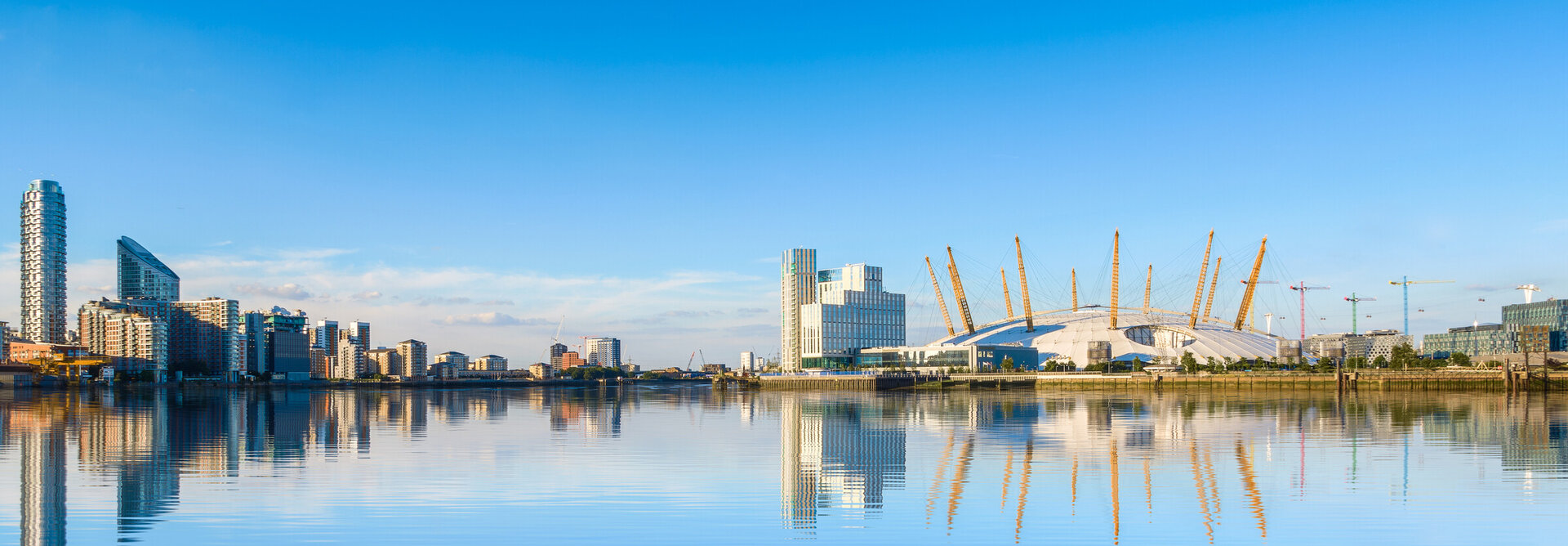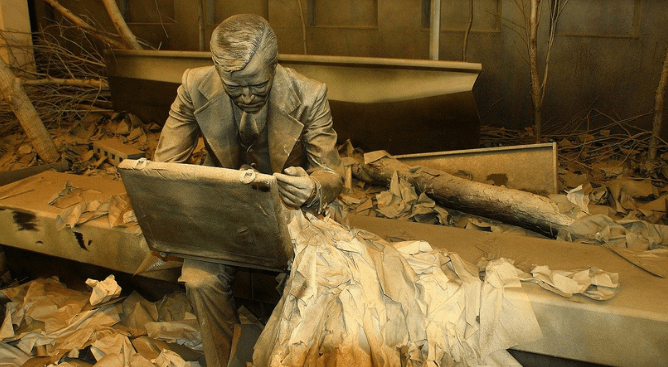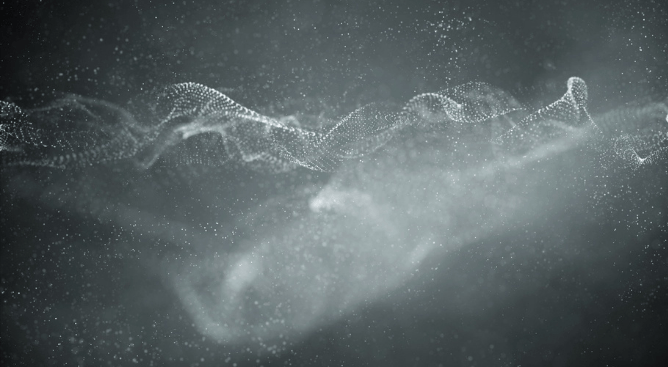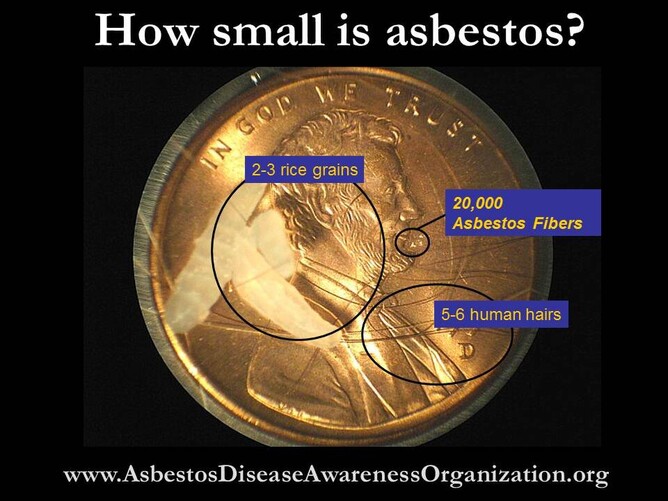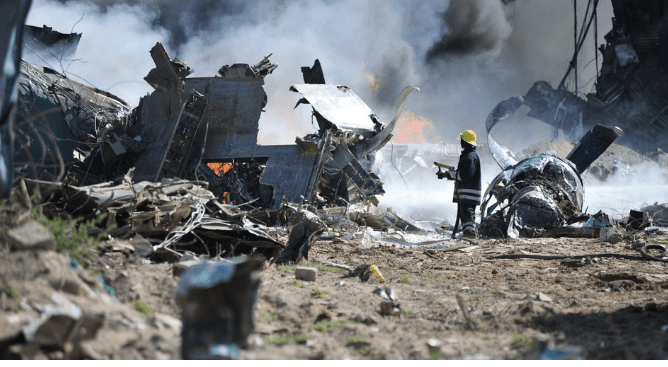Updated 12 September 2022.
In October last year, we reported on proposals that Health and Safety Executive inspectors would be undertaking spot checks on over 1,000 construction sites (see Construction News: Dangerous dust on sites targeted in new HSE crackdown).
The spot checks would include the auditing of health and safety practices in relation to the management of dangerous dust (including asbestos, silica and wood). HSE inspectors would also be assessing dust extraction processes and the use of PPE as well as other safety procedures.
For companies whose practices don’t follow strict protocols the consequences can be serious. If it’s established that there has been a breach of regulations - the perpetrators could be fined and prosecuted and the business temporarily or indefinitely closed.
Reducing the risk of Asbestos exposure
So what has this to do with us since we’re not going near a construction site any time soon?
It’s a fair question but complacency is dangerous. To reduce the risk as low as possible, make sure that you have an asbestos survey carried out to pre-2000 premises, to help identify any visible Asbestos Containing Materials (ACMs). If refurbishment work is planned for the building, have a pre-refurb Asbestos survey carried out to identify any non visible ACMs, that could be disturbed during the work.
Who is at risk?
If asbestos is disturbed, anyone entering the building could become contaminated. This contamination stays on their hair, clothes, skin etc and can be carried to other locations. Imagine being exposed to a type 1 carcinogen and then taking it home to your family and friends.
Toxic dust and the legacy of 9/11
An article in the Brooklyn Daily Eagle, Lessons from 9/11 survivors’ exposure to toxic dust are still too often unheeded reports that after the terrorist attack on the World Trade Centre and the following 3 months, 100,000 responders and recovery workers plus 400,000 residents and those working around Ground Zero, were vulnerable to toxic dust. The article, written by Roberto Lucchini (a professor of environmental and occupational health sciences at Florida State University) looks at both the acute and the chronic symptoms responders have had to deal with.
Known as WTC dust, the dust contained:
- Cement dust and particles
- Asbestos
- Persistent organic pollutants
- Heavy metals such as lead and mercury
- Cadmium, a carcinogen toxic to the kidneys
- Polychlorinated biphenyls.
WTC dust comprised of both “large” matter and very small, fine and ultrafine particles. The smaller ones were highly toxic since they could travel from the nasal cavity to the brain thereby affecting the nervous system.
Various forms of cancer started to appear - around 8 years after 9/11 particularly those cancers normally associated with exposure to carcinogens in the workplace. Other cancers have presented themselves such as lung, breast and thyroid as well as mesothelioma which is related to asbestos exposure.
Are we still not learning about the importance of PPE?
According to a document, Asbestos Use in the Construction of the World Trade Center by Laurie Kazan-Allen, the New York Times reported:
"Anticipating a ban (on the use of asbestos in construction in NY), the builders stopped using the materials by the time they reached the 40th floor of the north tower, the first one to go up…"
Lucchini goes on to say that even 21 years on from that fateful day, we have still not learned the importance of PPE in the aftermath of such an event and ensuring the safety of recovery workers.
A recent article in The MIrror, highlights the fact that New Yorkers continue to seek answers in the aftermath of 9/11 concerning the full extent of toxic dust (including Asbestos) which was released into the atmosphere following the collapse of the Twin Towers. Over 112,000 people are enrolled in the World Trade Center Health Program which funds treatment for emergency responders, workers and residents who have been affected both mentally and physically since that day.
Need some advice?
If you’re thinking you may need some help and guidance, don't hesitate to get in touch via our Enquiry form or call us on 01634 232221 and let us help you keep everyone safe.
